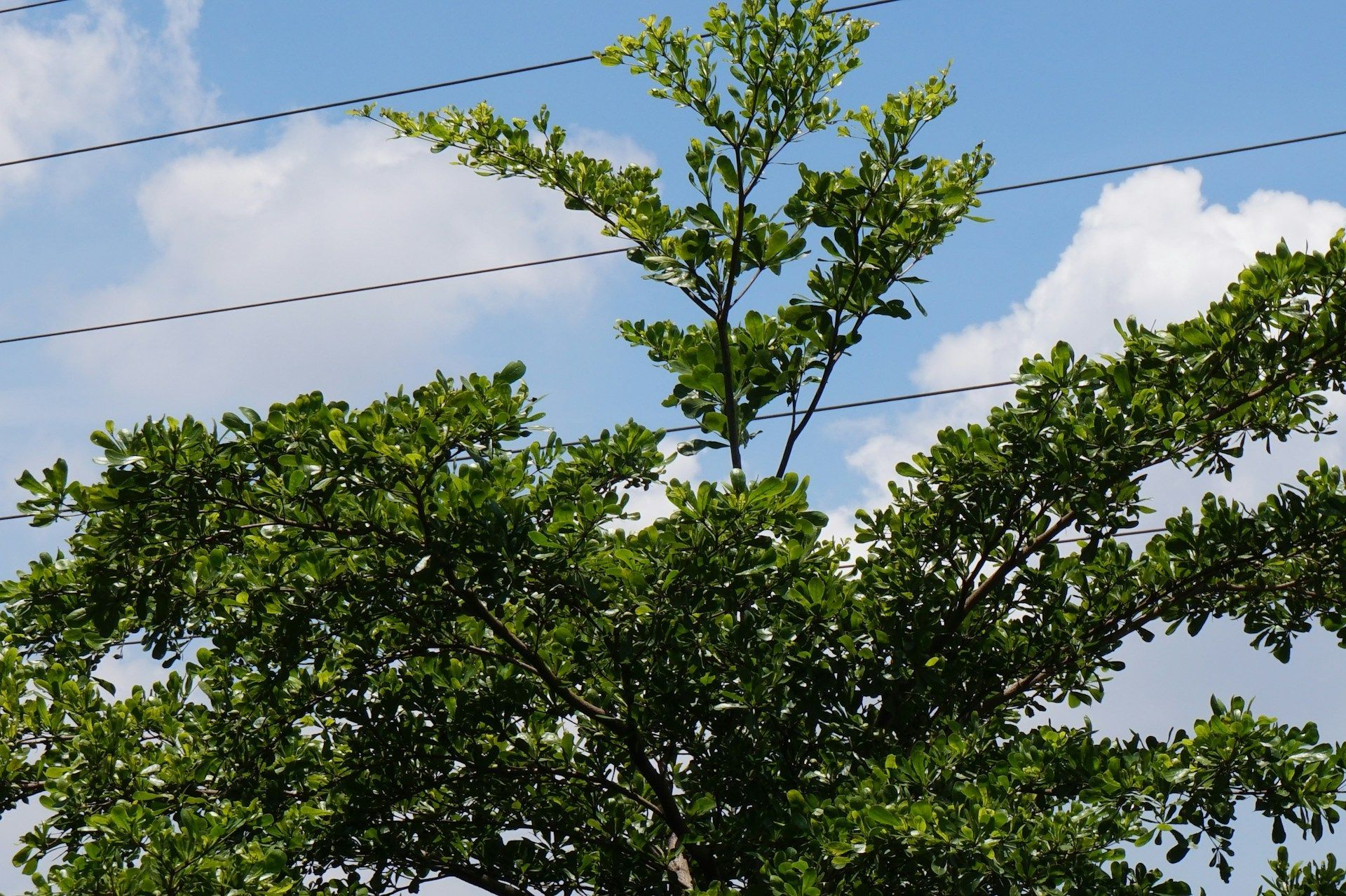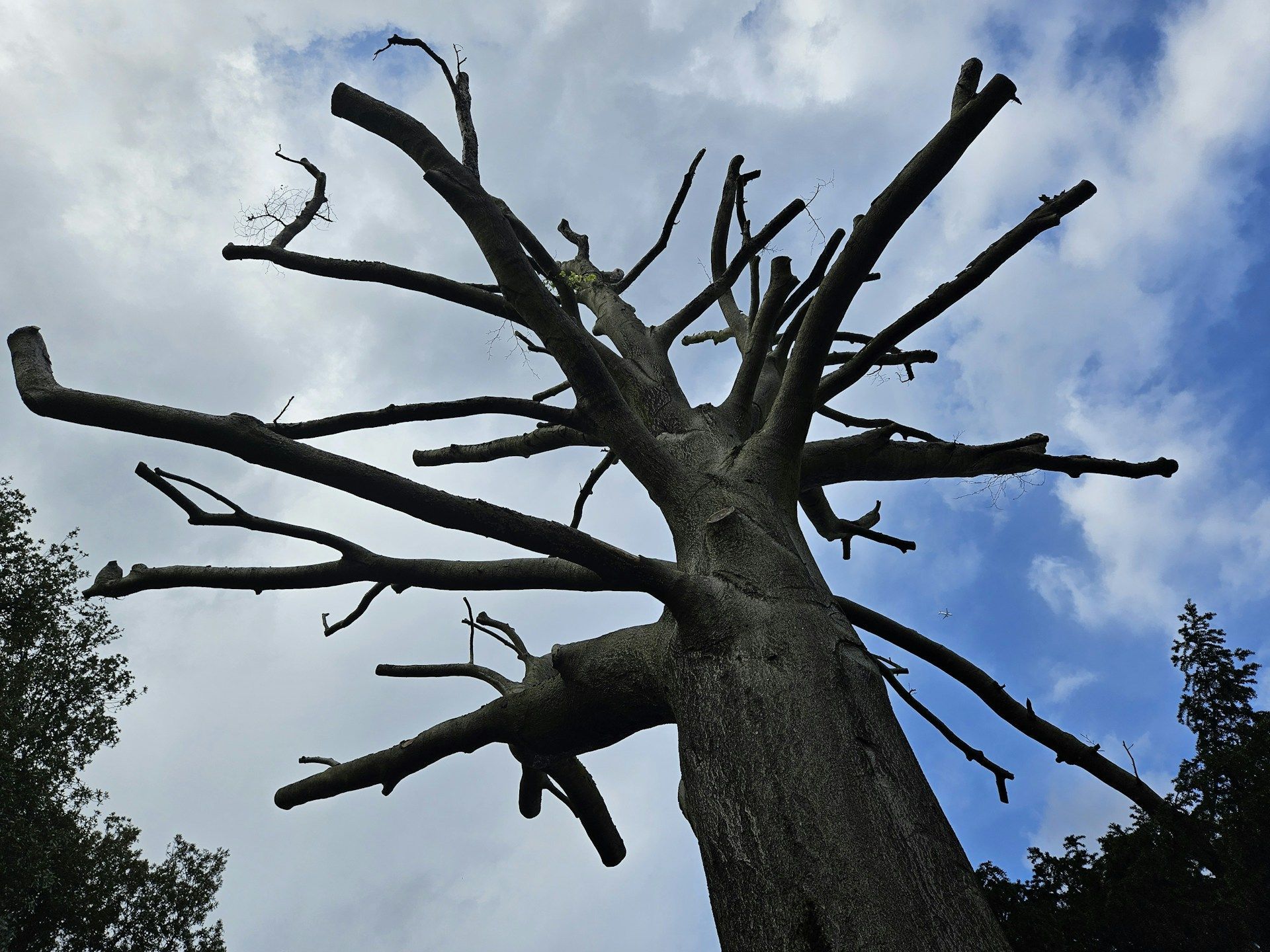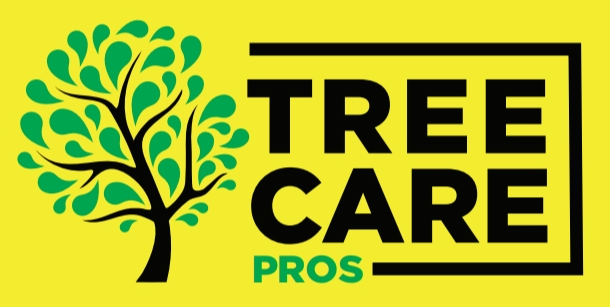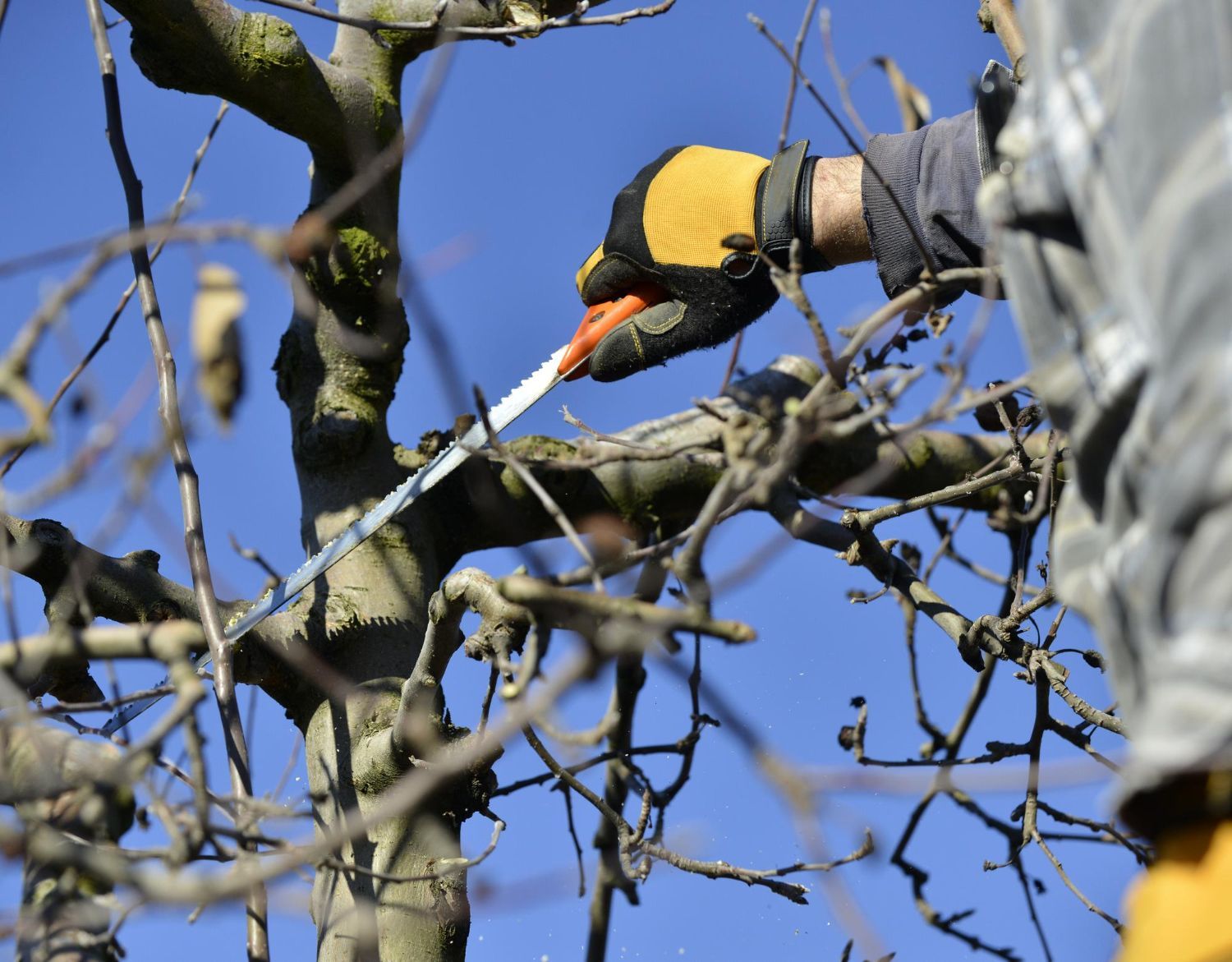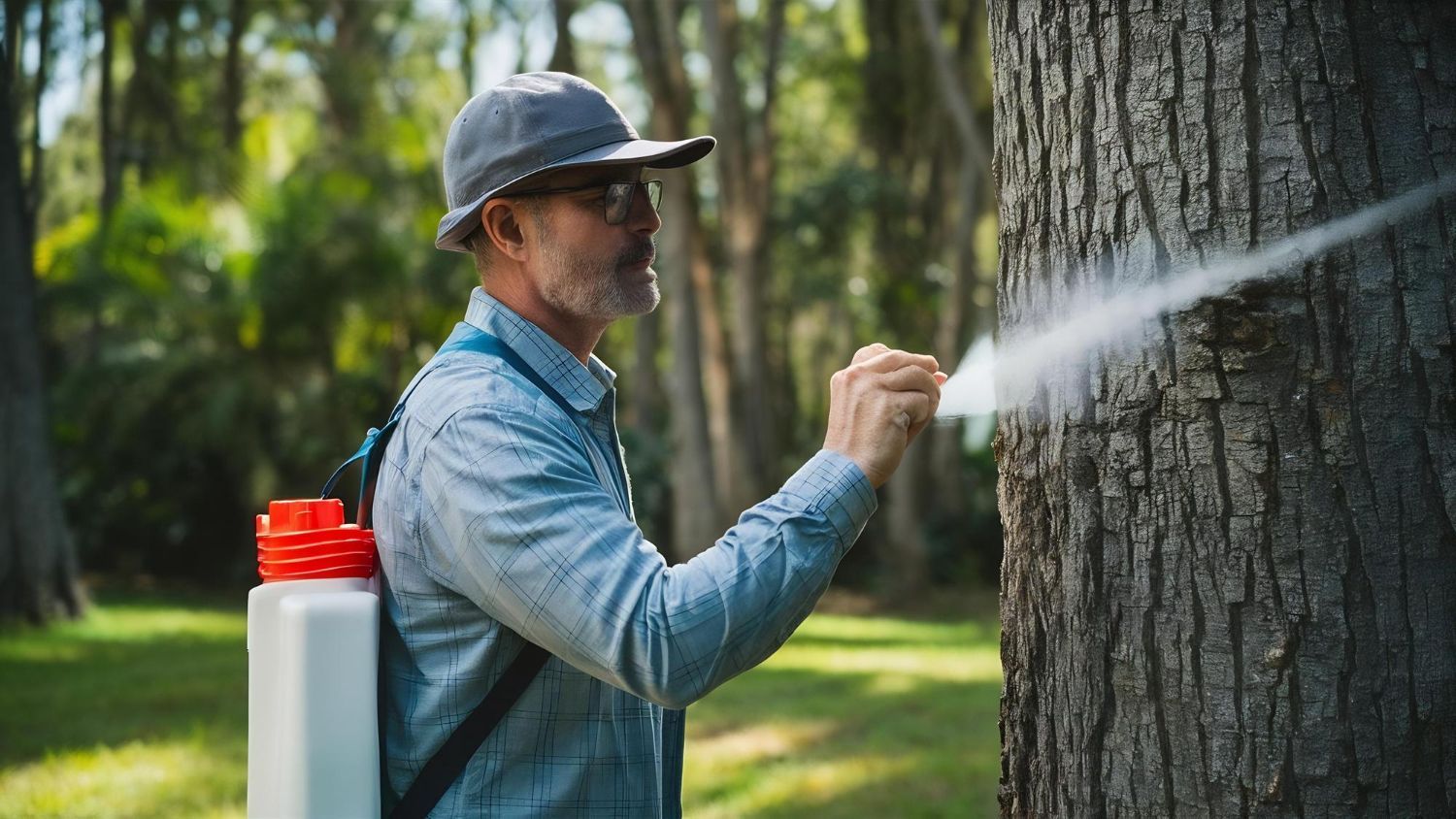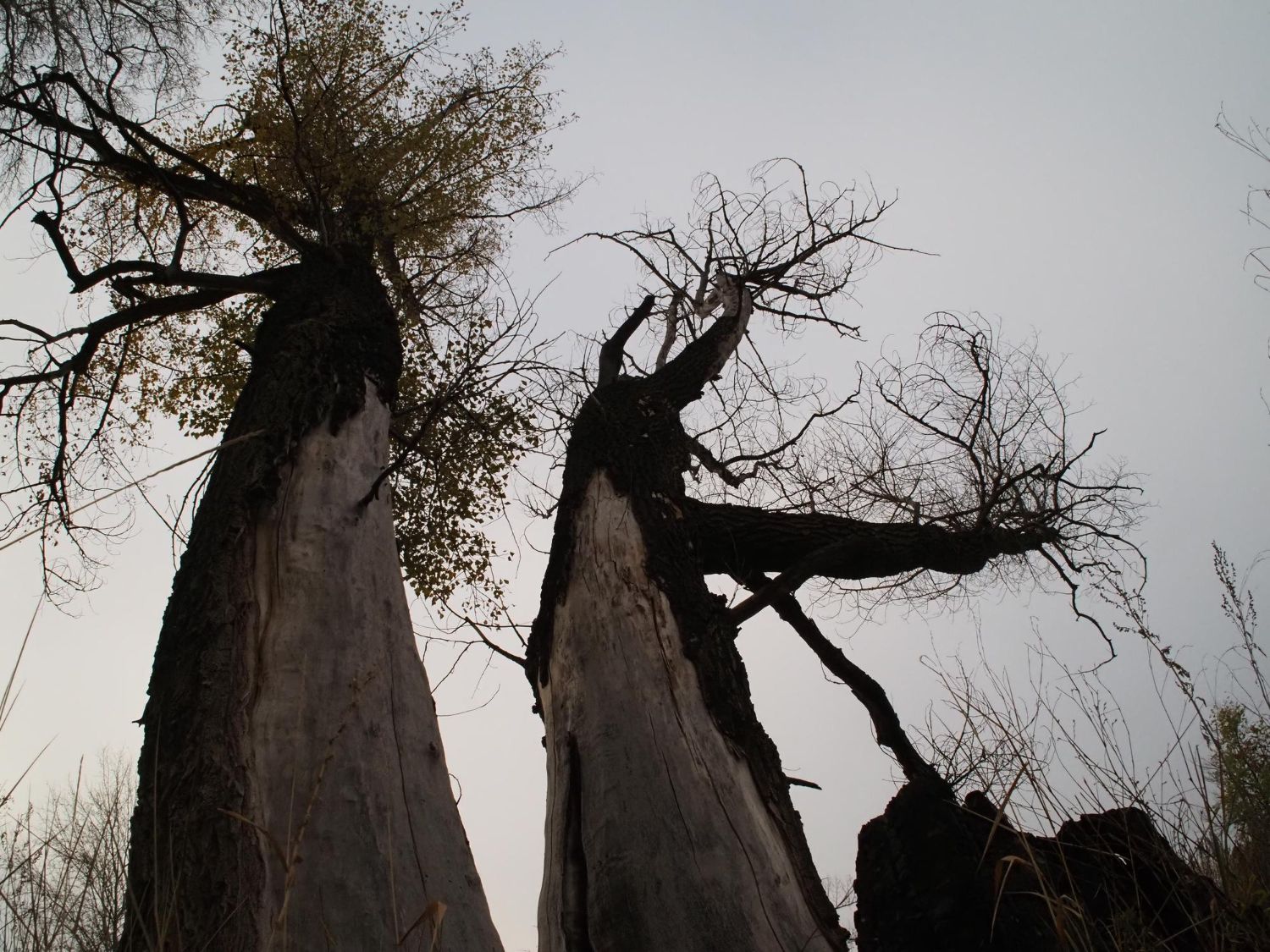Signs Your Tree Might Need Professional Attention
Trees are a valuable part of our environment, providing beauty, shade, and habitat for wildlife. However, they can also face various issues that may require professional attention. Knowing the signs of tree trouble can help you act quickly and protect both your trees and property. Ignoring these signs can lead to more severe problems, including the potential for injury or property damage.
Recognizing when a tree is in distress is crucial for maintaining a healthy landscape. Several indicators, such as physical damage, signs of disease, or unusual growth patterns, can suggest that your tree needs expert care. By observing your trees closely, you can catch problems early and address them before they become more serious.
Different factors, including environmental stress and pest infestations, can negatively impact trees. Identifying these issues promptly ensures that your trees receive the necessary care and attention they require. In this article, we'll explore the key signs that your tree might need professional attention, helping you keep your yard safe and attractive.
Visible Damage and Structural Issues
One of the first signs that your tree might need professional attention is visible damage or structural issues. These problems can often be seen with a careful inspection and may include cracks in the trunk, which can compromise the tree's stability. If you notice large branches that are hanging or falling off, this is a clear indication that the tree is under stress and potentially dangerous. Severe storms or high winds can cause such damage, making it critical to address these issues promptly.
Another aspect to watch for is the presence of cavities or decayed areas in the trunk and large branches. These are often signs of internal rot and can make a tree prone to falling. Additionally, look for roots that are damaged or exposed. Healthy tree roots are crucial for stability and nutrient absorption. If you see roots that are broken, decayed, or have fungus growing around them, it might be time to call in a professional to assess the extent of the damage.
Signs of Disease and Pest Infestations
Diseases and pests can seriously harm a tree, often leading to its decline or death. Here are some common signs to watch for:
1. Discoloured or Wilting Leaves – Leaves that are yellowing, browning, or wilting out of season may indicate disease or pest problems. Healthy leaves should remain green and vibrant during their growing season.
2. Unusual Growths – Look for abnormal growths like cankers, galls, or fungal conks on the trunk or branches. These can be signs of underlying diseases or infections.
3. Leaf Spots and Holes – If the leaves have dark spots, holes, or a lace-like appearance, pests like caterpillars or beetles might be the cause. These pests can quickly weaken a tree if not controlled.
4. Sticky Substances or Sap – The presence of sticky substances on leaves or bark can indicate aphids or scale insects. Excessive sap dripping down the trunk may also signal a problem.
5. Presence of Insects – Visible insects such as beetles, caterpillars, or ants, or their larvae, often indicate an infestation. Some insects bore into the wood, causing further damage.
Identifying these signs early can prevent more significant issues down the line. If you notice any of these symptoms, it's advisable to contact a tree care professional to diagnose and treat the problem.
Unusual Tree Growth and Behaviour
Sometimes, trees can exhibit unusual growth patterns or behaviours that signal underlying problems. One key indicator is uneven growth. If one side of a tree looks significantly different from the other, it may suggest root damage or an internal issue. For example, branches on one side growing more vigorously than the other side can be a red flag. This unevenness might stem from root stress or an imbalance in nutrient uptake.
Another unusual behaviour to look for is leaning. While it's common for trees to grow at slight angles, a sudden or severe lean might indicate structural weakness or root damage. Especially if the lean occurred recently, this can be dangerous and requires professional evaluation. Also, notice if the tree’s bark is peeling or splitting, which can expose it to further damage and disease.
Environmental Stress Indicators
Environmental conditions play a crucial role in a tree’s health. Factors like soil quality, weather patterns, and water availability can significantly impact a tree’s well-being. For instance, prolonged drought can cause extensive stress, leading to wilting leaves, reduced growth, and weaker branches. Similarly, excessive watering or poor drainage can suffocate a tree’s roots, leading to root rot and other issues.
Additionally, extreme weather events such as heavy winds, storms, and freezing temperatures can damage trees. Signs of such stress include broken branches, cracked trunks, and even uprooted trees in severe cases. Other environmental stress indicators include changes in the soil condition around the tree. Compacted soil can limit root growth and nutrient absorption, weakening the tree over time.
When you observe signs of environmental stress, it’s essential to take action quickly. Adjusting watering practices, improving soil conditions, and providing proper care can help alleviate stress. In severe cases, consulting a professional to evaluate and address the problem is crucial to prevent further damage and ensure the tree’s health.
Final Thoughts
Recognizing the signs that your tree needs professional attention can save you from more significant problems down the road. By keeping an eye out for visible damage, structural issues, disease, pests, unusual growth patterns, and environmental stress, you can act promptly to maintain the health and safety of your trees.
Regular inspections and timely intervention are key to preventing tree-related hazards and maintaining a beautiful landscape. Remember, healthy trees enhance your property’s value and contribute to the environment, making it worth the effort to ensure they are well cared for.
If you notice any of these signs and think you might need
professional tree care, reach out to Barrie Tree Care Pros. Our experienced team is ready to help you manage and maintain the health of your trees. Contact us today to schedule a consultation and keep your trees in the best possible condition.

